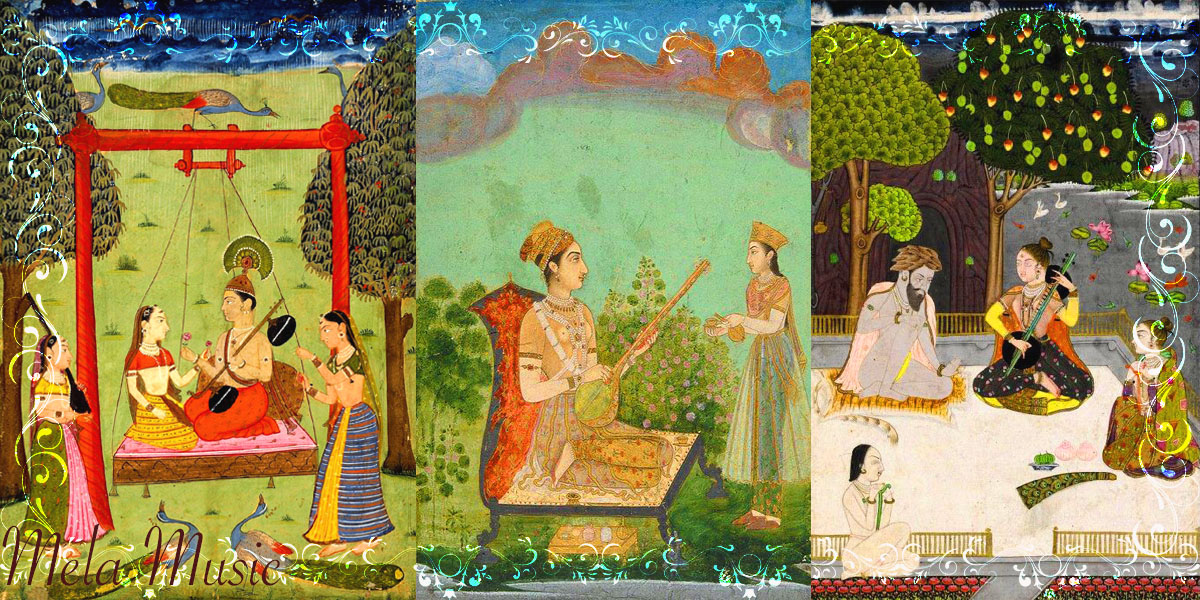
Tihai, in the context of Indian classical music, is a rhythmic and melodic phrase that is repeated three times, leading to a synchronized and climactic conclusion on the first beat of a rhythmic cycle (often on the sam, which is the first beat of the tala or rhythmic cycle).
Key characteristics of a tihai include:
1. Repetition: A tihai consists of a musical or rhythmic motif, phrase, or sequence that is repeated three times in succession. This repetition is a fundamental aspect of the tihai.
2. Mathematical Precision: Tihais are often crafted with mathematical precision, ensuring that the motif resolves precisely on the sam (the first beat of the rhythmic cycle) after the third repetition. This adds an element of intricacy and symmetry to the composition.
3. Rhythmic Alignment: Tihais are typically executed within the framework of a tala (rhythmic cycle), and the repetition of the motif aligns with specific beats within the tala, creating a rhythmic resonance.
4. Melodic and Percussive: Tihais can be melodic, with the motif being played or sung on a musical instrument or vocalized, or they can be percussive, with the motif performed on percussion instruments such as the tabla.
5. Climactic Conclusion: The third repetition of the motif, when it coincides with the sam, creates a climactic and satisfying conclusion to the tihai. This synchronized resolution is a hallmark of a well-executed tihai.
6. Artistic Expression: Tihais offer musicians and composers an opportunity for artistic expression within the constraints of rhythmic and melodic precision. They can be incorporated into various forms of Indian classical music, including vocal and instrumental compositions.
7. Variations: Musicians often create variations of tihais, introducing subtle changes or complexities to the repeated motif, which can add depth and intrigue to the performance.
Tihais are a captivating aspect of Indian classical music, adding both rhythmic excitement and melodic intrigue to compositions. They require skill, precision, and a deep understanding of the tala and raga to execute effectively.
Content Provided By: Sangeetpedia
